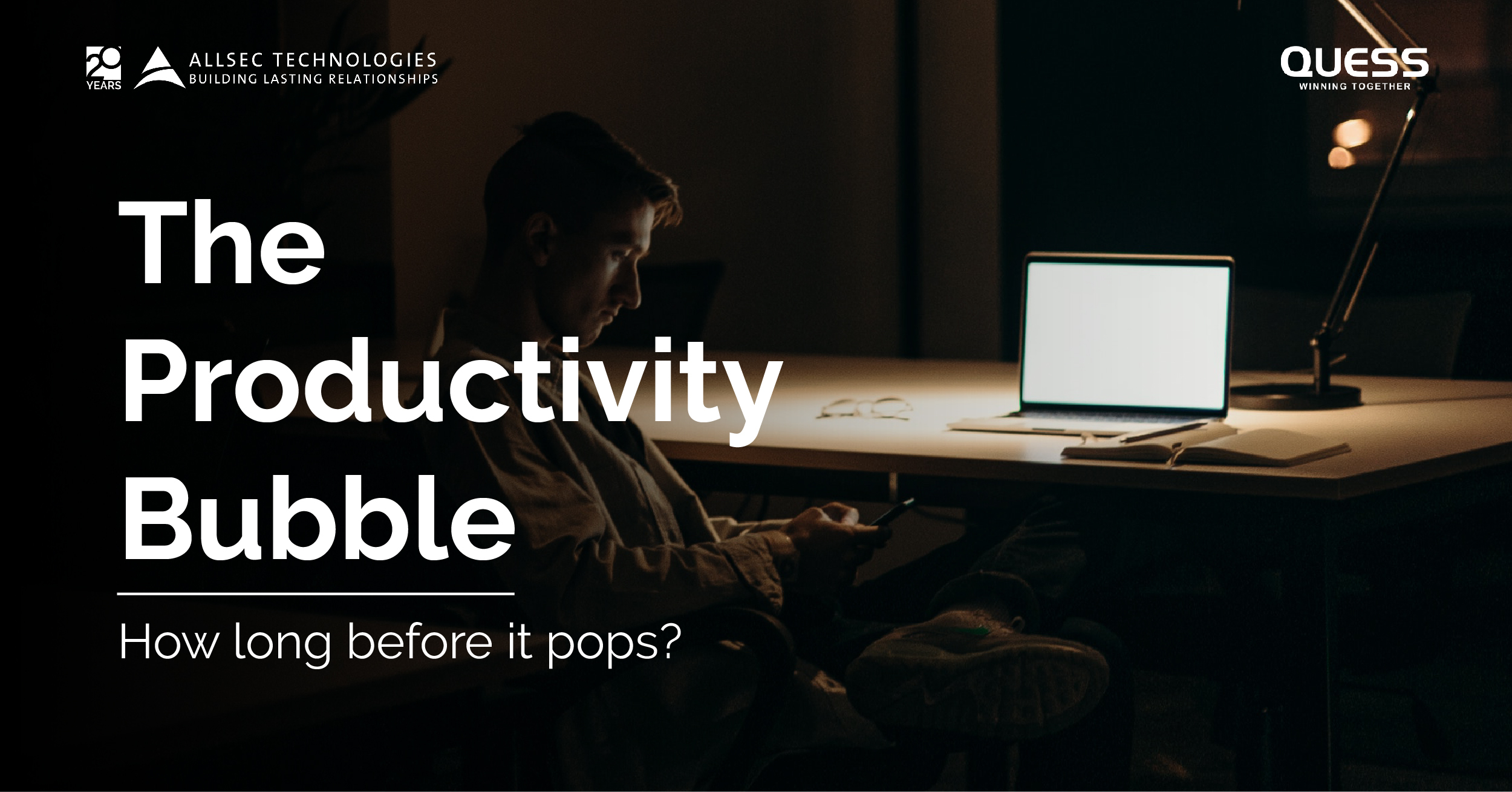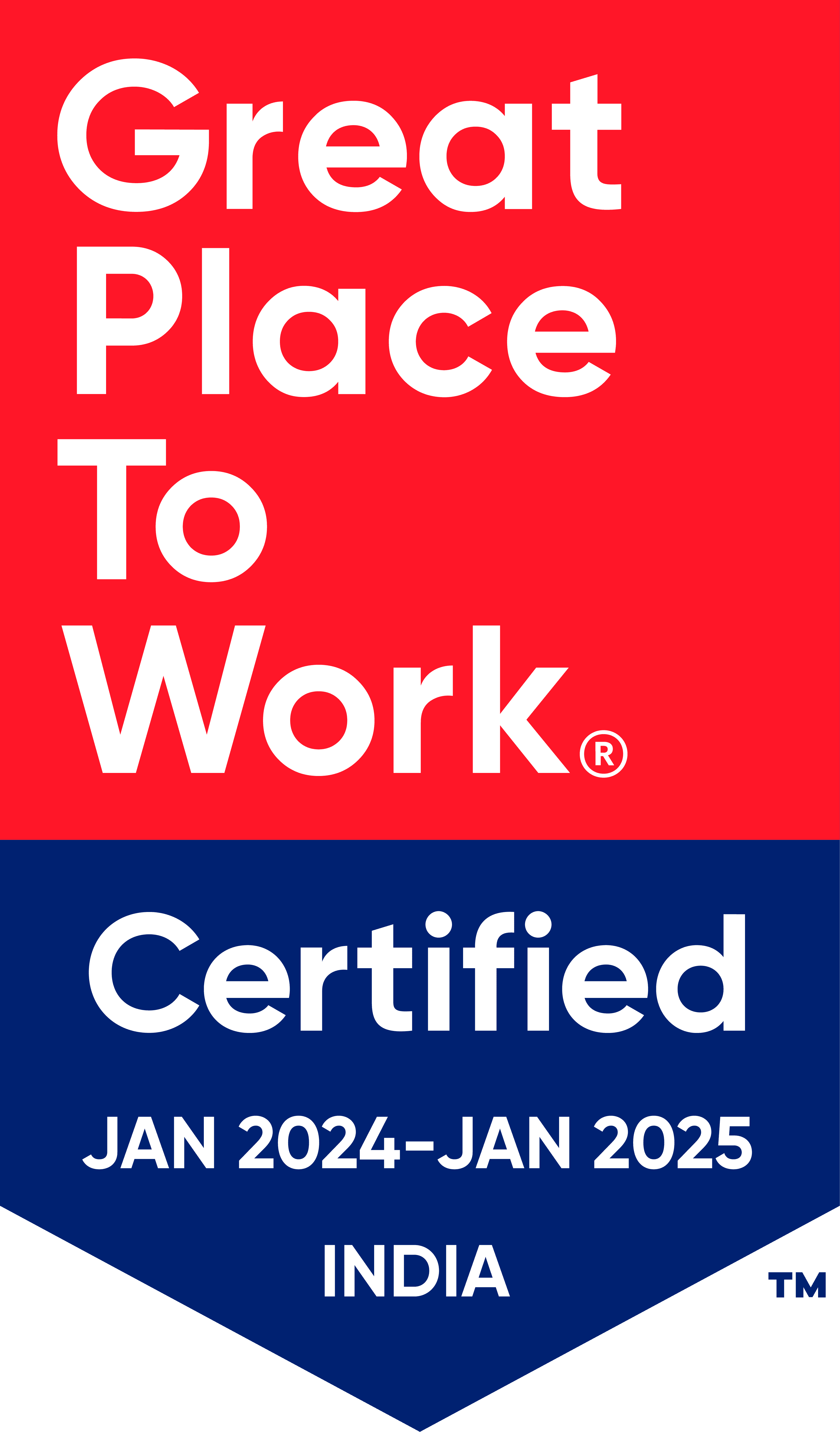
The Productivity Bubble: How Long Till It Implodes?
When work-from-home started, productivity was a big concern for CHROs and Heads of Operation. If data from past crises was any indication of times to come, trouble hung like the Sword of Damocles above every HR Manager’s head. During The Great Recession, labour productivity reached an all-time low. Nine years later, the world had still not recovered from it fully. In 2019 alone, labour productivity declined by 2.63%. Projections also indicated a slump in work output by 2021.
Post-pandemic figures, however, have turned out to be pleasantly shocking. Output per hour of work has increased at an annual rate of 3.8% as compared to pre-pandemic figures. This is a 171.43% increase when compared to 2005 to 2019’s figures. In this article, we break down the reason for the boost in work output and the reasons why the productivity boom may decline.
Causes for the Spike
#1: Shift to Onboarding & Exit Automation
Productivity is driven by many variables—work environment, engagement with the employer, employee satisfaction—the list goes on. Of the many factors, automation ranks high on the list. Many HR leaders have always believed that productivity and automation are directly proportional to each other. The pandemic validated their hypothesis.
With employee management moving to cloud based HRMS due to work-from-home, there was an increase in output for both employees and HR managers. For example, with onboarding and exit processes becoming digitized, managers no longer had to spend hours getting documents signed and approved. For employees, the digital process made it easy to track the status of their applications. This allowed them to focus on their work.
For many companies, the shift to digital workflows was already on the cards. 92% of company leaders surveyed felt that digitization of workflows was crucial to remain competitive. The pandemic fast-tracked the change and that has resulted in a bump in productivity.
#2: Increase in Employee Engagement
As soon as work-from-home started, the average workday was extended by 48.5 minutes for most employees. Structured 9-to-5 shifts became a sporadic mixture of Zoom meetings and unplanned phone calls. For example, employees attended 13% more meetings and were 14% more likely to be invited to interactive sessions. Email traffic also saw a rise with a 5.2% increase in the number of emails sent per day and an 8.3% increase in the number of emails sent after business hours.
The rise in the number of interactions was a boon for HR leaders. With managers becoming more accessible, employees were able to better raise any concerns or issues they faced during work hours. This allowed HRs to get a first-hand understanding of process gaps and address them before they impact employee experience.
For example, regular interaction with employees allowed CHROs to take early notice of impending burnout. As a result, they could prioritize well-being and engagement instead of overextended deadlines. Some popular methods used were daily status update meetings and frequent 1-1 check-ins. For many employees, the check-ins also gave them an opportunity to set micro-goals and receive helpful feedback. This directly boosted their productivity, as they got a better understanding of their strengths and employer expectations.
How Long Will It Last
Many companies are taking the right steps to keep the productivity graph ticking upwards. Recent surveys show that organizations are digitizing activities 20 to 25 times faster than what was previously thought possible. Some key areas that business leaders are focusing on are payroll automation, compliance management solutions, and outsourcing of data entry processes.
CHROs are also rethinking the way they interact with their employees because a majority of working professionals are looking forward to continuing work-from-home. Among them, 39%–49% of employees would consider quitting their jobs if employers were not flexible about remote work. HR managers are looking to set clear processes that can address these demands while keeping the company’s interest in mind.
Reports also show that for remote working to work, a set of highly skilled employees is necessary. They must be capable of switching between collaborative platforms and be comfortable with self-service platforms. As a result, HR leaders are also focussing on upskilling employees, while also hiring skilled workers that fit a hybrid setting.
If the plans mentioned above are executed well, the productivity spike is likely to last. However, the devil will be in the details. HR leaders need to be agile in their shift to digital end to end HR solutions and empathetic in their engagement with employees.
.
Alldigi provides payroll and compliance services that automate routine HR processes and increase workforce productivity. To get the Alldigi advantage for your organisation, reach out to us.



